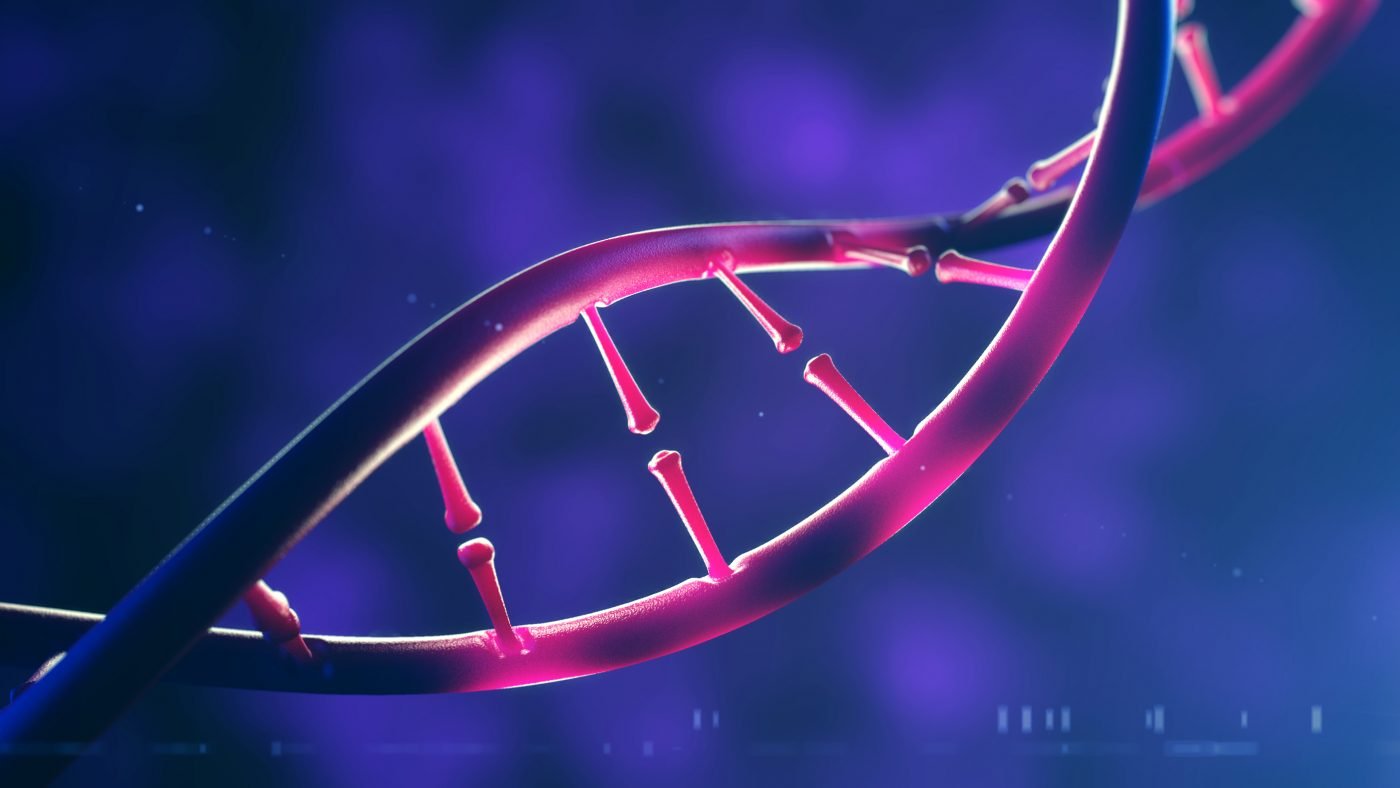Dystrogen Therapeutics’ Gene Therapy Shows Promise for Huntington’s

DYST 201, a gene therapy targeting the mutated forms of the gene responsible for Huntington’s disease, has shown promising results, Dystrogen Therapeutics announced.
The results will be presented at two meetings in Krakow, Poland — the July 6-11 44th FEBS Congress and the June 11-16 24th Annual Meeting of the RNA Society.
Huntington’s disease is caused by an expansion of three nucleotides (the building blocks of DNA), CAG, in the huntingtin (HTT) gene, leading to formation of a mutated form of the protein.
DNA is first transformed into mRNA, after which a process called translation begins, which gives rise to proteins. Messenger RNAs can be seen as the molecules that serve as genetic blueprints for making proteins.
Dystrogen Therapeutics is using an RNA interference (RNAi) strategy. Only the mutant messenger RNA (mRNA) molecule is targeted, blocking production of the abnormal huntingtin protein in brain nerve cells. This means that the messenger RNA for the healthy huntingtin protein is left unharmed, allowing the production of the healthy form of the protein.
Expansion of the CAG repeat is also seen in other neurodegenerative diseases, including spinocerebellar ataxias (SCA), supporting the therapy’s efficacy beyond Huntington’s disease.
“These findings are potentially significant for the treatment of Huntington’s disease and SCA patients, and the ability to selectively silence CAG transcripts in the nucleus may prove to be critical for therapeutic efficacy of gene therapies for these diseases,” Kris Siemionow, MD, PhD, chief executive officer of Dystrogen, said in a press release.
“Whereas most RNAi approaches that target the huntingtin protein are short-acting, our long-term silencing effect provides a significant advantage in treatment of trinucleotide disorders,” Siemionow said.
While the exact function of the healthy huntingtin protein remains unknown, research has shown that it plays a key role in neurons and is essential for normal development before birth.
Because the new RNAi-based therapy only targets the mutant form of the protein, it could be a safe strategy to use in both adults and children with defects in the HTT gene. However, this therapy is still in its preclinical stage, and no human clinical trials have begun.
“Taken together, these findings further support the feasibility of advancing this program through research and into development of a promising gene therapy with the potential to alleviate the toxicity caused by the mutated CAG in HD and SCA,” Siemionow said.
“These data illustrate the potential of our RNAi platform to degrade disease-causing genes, with the prospective to limit off-target toxicity. We are very pleased to have these data presented at a highly relevant conference for the field and look forward to further exploring this opportunity,” Siemionow added.






